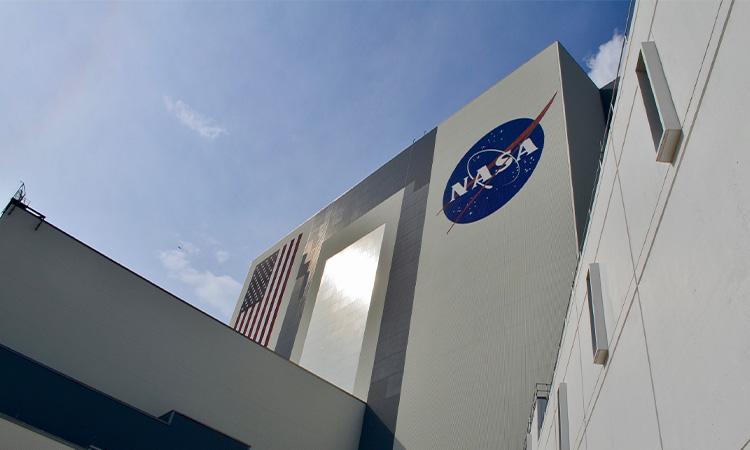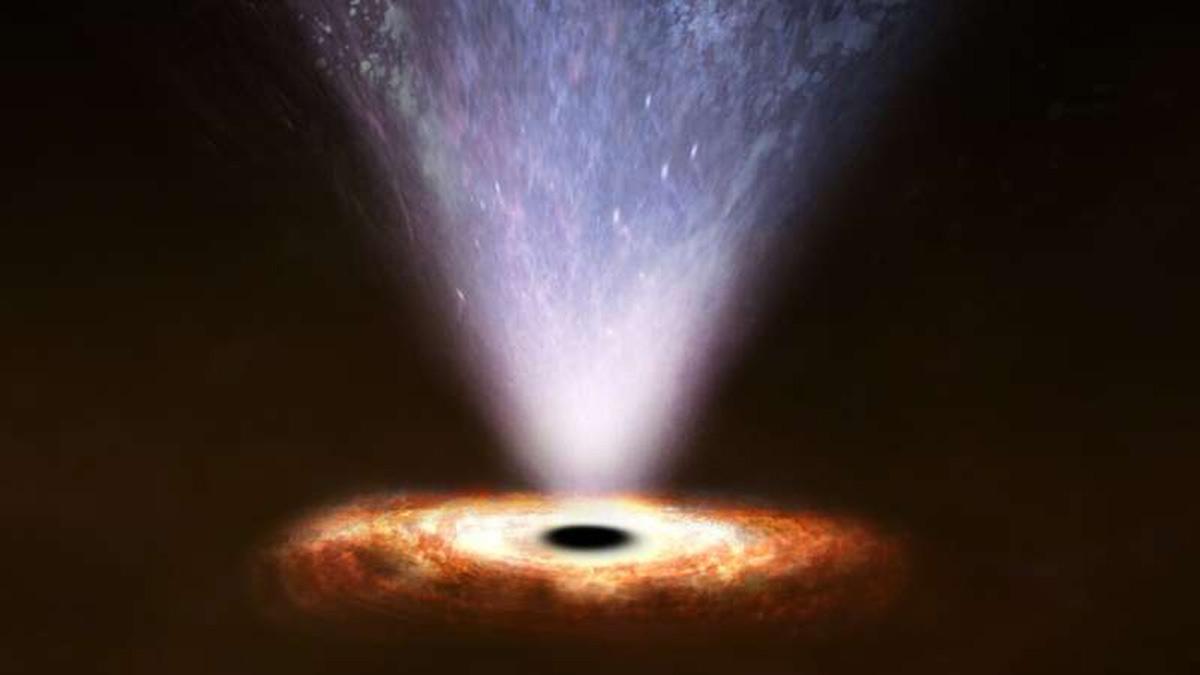NASA`s next-generation James Webb telescope enroute to space to probe galaxies, distant worlds will take 29 days to reach its orbit, about 1 million miles from Earth.
The $10 billion James Webb Space Telescope was launched atop an Ariane 5 rocket from French Guiana on December 25, kicking off a long-delayed, potentially transformative mission to study the early universe, nearby exoplanets and more.
The telescope is headed for the Sun-Earth Lagrange Point 2 (L2), a gravitationally stable spot 1.5 million kilometres from our planet in the direction of Mars, Space.com reported.
"The Webb observatory has 50 major deployments... and 178 release mechanisms to deploy those 50 parts," Webb Mission Systems Engineer Mike Menzel, of NASA`s Goddard Space Flight Center in Maryland, said in a deployment-explaining video called "29 Days on the Edge" that the agency posted in October.
Also Read | Astronomers uncover largest group of 'rogue planets' yet
"Every single one of them must work. Unfolding Webb is hands-down the most complicated spacecraft activity we`ve ever done," Menzel said.
About half an hour after liftoff, Webb deployed its solar panels and started soaking up energy from the sun. And last night, the big telescope also performed a crucial 65-minute engine burn that put it on course for L2.
Here`s a brief rundown of the big steps yet to come.
One day after launch, Webb will rotate its high-gain antenna toward Earth to further facilitate communications with its handlers. A day after that, the spacecraft will perform another engine burn to refine its trajectory toward L2. And three days after launch, the pallet holding Webb`s huge sunshield -- a five-layer structure designed to keep the infrared telescope and its instruments cool -- will be lowered, the report said.
Also Read | How Webb telescope plans to uncover first galaxies, distant worlds
At around 10 days after launch, Webb will extend its 0.74 metres secondary mirror, which is so named because it`s the second surface that deep-space photons will hit on their way to the telescope`s instruments. Twelve to 13 days after launch, Webb`s 6.5 metre primary mirror -- composed of 18 hexagonal segments, will shine. The mirror`s two side "wings" will extend and lock into place, giving the surface its full size.
At that point, Webb will be in its final configuration. The huge observatory will arrive at its destination slightly more than two weeks later, conducting another engine burn 29 days after launch to slip into orbit around L2, where a different set of ramp-up procedures will begin, the report said.
Meanwhile, the Webb team will also test and calibrate the telescope`s four scientific instruments. The team aims to start regular science operations six months after launch.
"We`re looking at the end of June," Webb Deputy Senior Project Scientist Jonathan Gardner, of NASA`s Goddard Space Flight Center in Maryland, told Space.com earlier this month.


















